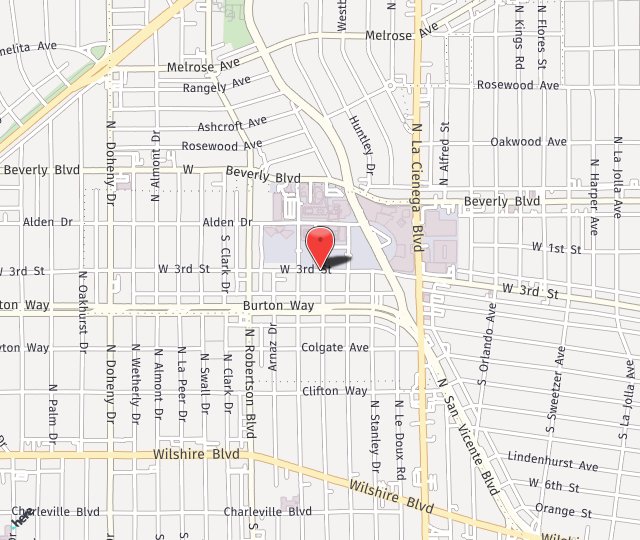No More Chronic Headaches for the New Year
- Posted on: Dec 15 2019

Are there different types of chronic headaches?
The most well known chronic headache, of course, is the migraine headache. But occipital neuralgia, trigeminal neuralgia, posttraumatic headaches, and postoperative headaches also qualify as chronic if they follow the timeline listed above.
What are the symptoms of these headaches?
Symptoms vary with the type of headache. Migraines occur on one side and are usually accompanied by nausea, vision disturbances, and sensitivity to light and sound. Occipital neuralgia is an aching, burning, and throbbing pain that starts at the base of the head and radiates up the scalp. When lying down, patients may have pain on the back of the head or behind their eyes. Trigeminal neuralgia involves an aching pain on one side of the forehead or temple. Posttraumatic and postoperative headaches can involve the forehead, temple, or the base of the head depending on the site of the injury.
What causes these headaches?
Migraines can have various triggers, such as birth control pills or caffeine, even strong smells. Otherwise, these headaches can be due to disturbances in blood flow, hormones, brain signaling, and/or nerve compression. Whiplash injuries to the neck can lead to posttraumatic headaches.
Nerve compression is often behind chronic headaches. In the head and neck the nerves travel beneath a passageway formed by arteries, fascia, and/or muscle. These passageways can be narrowed when patients develop spasm or tightness of the head and neck muscles or an increase in the size of the arteries. The pressure can damage the nerves that travel beneath these tight passageways. This leads to inflammation and irritation and headaches.
Relieving the compression
There are various conservative treatments to try and stem these headaches. Patients work with their primary care physician with these. But often these treatments have little effect.
That’s where Dr. Seruya comes in. First, the site of nerve compression is confirmed with an injection that provides temporary relief. Dr. Seruya then performs decompression surgery. The goal is to provide enough space around the nerve, by releasing some of the tight fascia, muscle, and/or swollen arteries compressing it. Dr. Seruya usually only needs an hour or less for each site of nerve compression surgery, and these procedures often provide immediate relief.
Do you suffer from chronic headaches as described above? If you’ve pursued other conservative treatments and haven’t found relief, it may be time to investigate nerve compression. Call Dr. Seruya at (310) 423-2129 to make an appointment.
Posted in: Chronic Headaches

